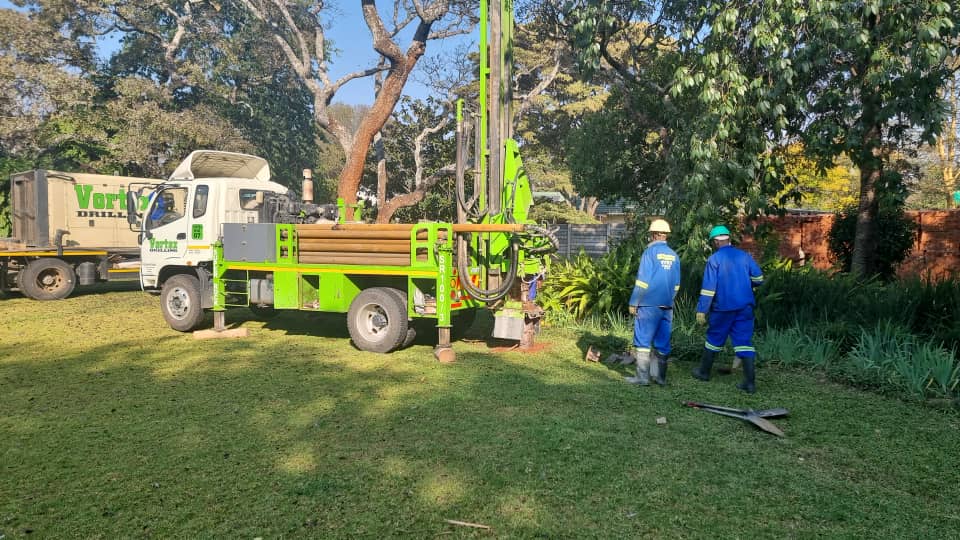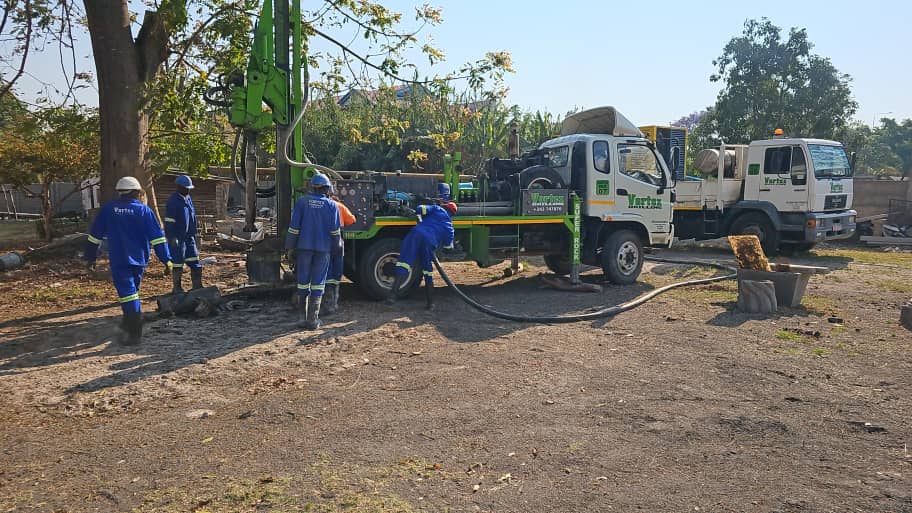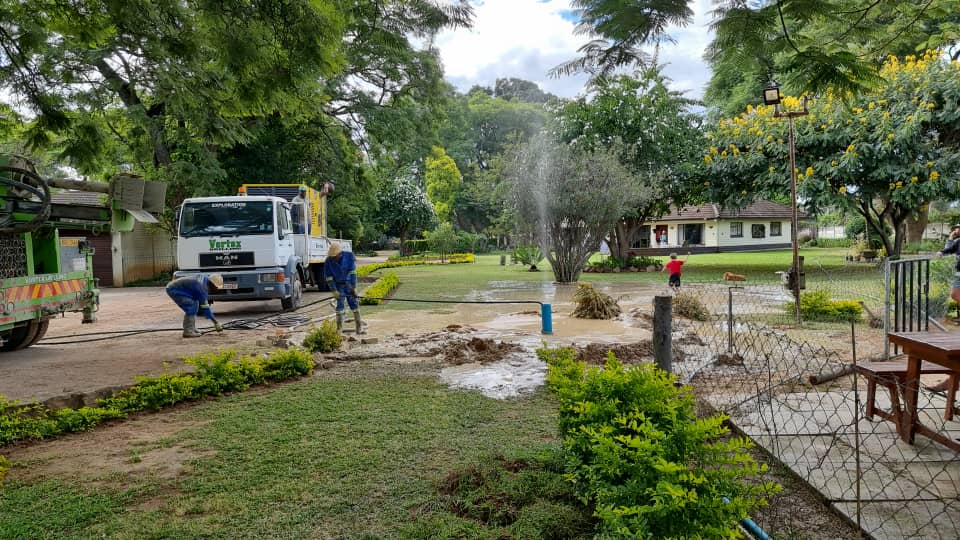Maintenance and rehabilitation
Warranties and Guarantees.
Proving our commitment to the Client, Vortex warrantees all holes and all new installations from date of completion. This warrantee stands for one year and is against all workmanship carried out by Vortex personnel.
Flushing
There are several reasons for flushing a borehole. The main reason is to purge the hole of siltation settlement which can occur over some years. Alternatively, when a borehole is sunk, where there are high levels of fine water born particles that require extensive pumping and flushing to eliminate. When flushing, compressed air is pumped down the borehole to blow out the sands and silt that has accumulated at the bottom. This is generally the most effective treatment for borehole rejuvenation.
Re-casing
Re-casing is most often not possible in the literal sense, but is a term used in the borehole industry to signify the placing of a secondary lining within an existing borehole. A borehole requires relining when the integrity of the original lining is compromised. Over time, steel casing can corrode to a point where detritus and alluvium together with gravel packing are no longer retained and make their way into the borehole. Sometimes a borehole which hasn’t been cased throughout can spring a leak through fractured or linings that haven’t seated properly.




